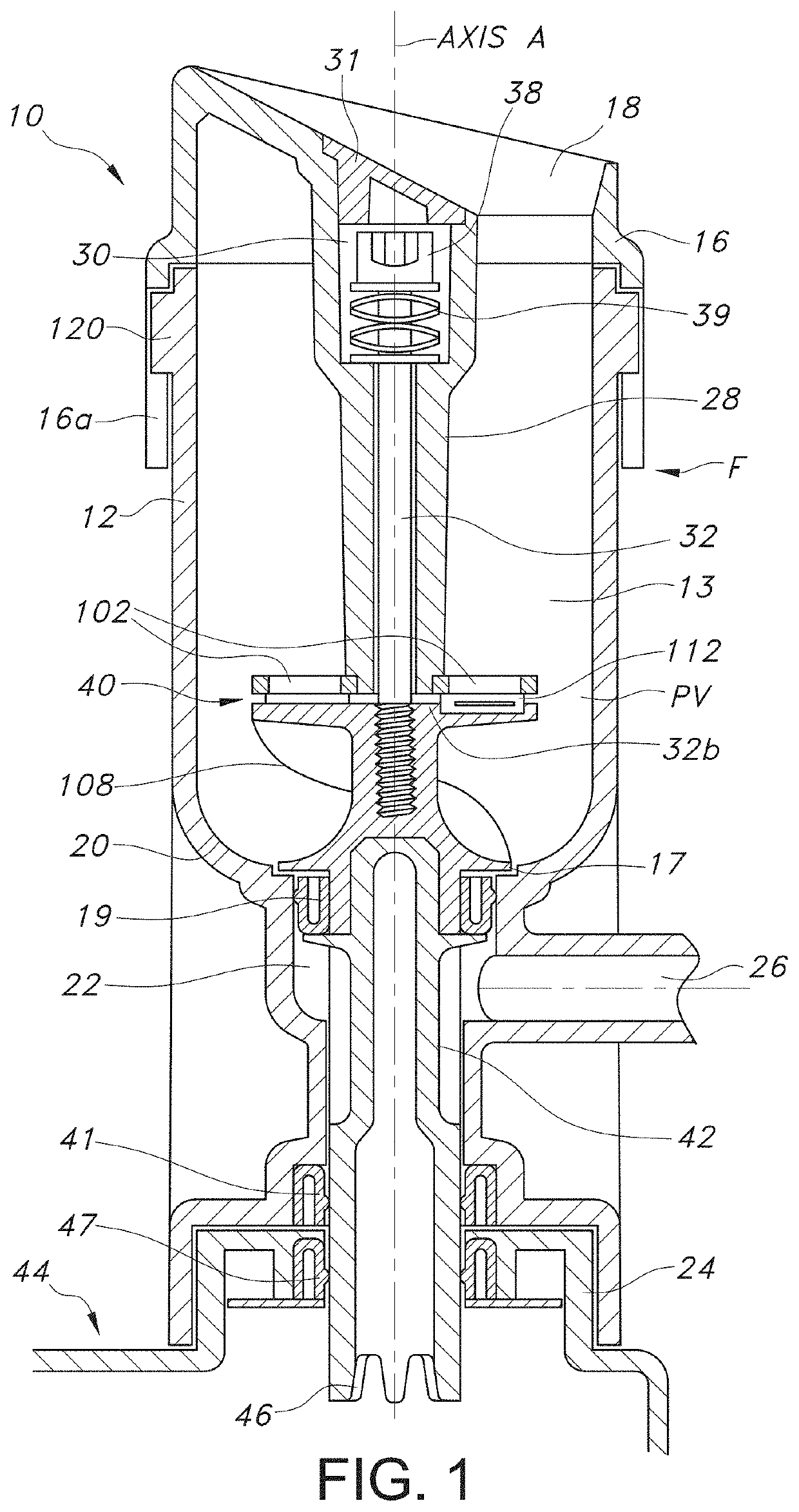Atraumatically formed tissue composition, devices and methods of preparation and treatment
a tissue composition and atraumatic technology, applied in the field of atraumatically formed tissue composition, devices and methods of preparation and treatment, can solve the problems of small ftsgs that can be used by current methods, the skin graft donor site cannot support regeneration, and the suture is closed, so as to achieve easy dispensing of wounds, high cell viability, and high viability
- Summary
- Abstract
- Description
- Claims
- Application Information
AI Technical Summary
Benefits of technology
Problems solved by technology
Method used
Image
Examples
Embodiment Construction
[0076]The device has features which optimize processing cell viability and convenience of tissue handling and transfer. Specifically, the aqueous processing allows for temperature, pH, and salinity control of the processing which would ideally be variable depending on the tissue, isotonic factors. The pH may be controlled with physiologic buffers. The variable blade speed allows for control of any potential baro-trauma caused by the formation of the vortex, which repeatedly moves the tissue suspended in the aqueous medium through the cutting devices.
[0077]The selection of ultra-sharp cutting blades is one important factor in ensuring that the tissue that is morselized remains viable. The use of pH controlled aqueous medium, along with the ability to control the temperature of the medium during processing, as well as, the time, are also important factors in achieving morselization with the exceptionally high degree of viability of the invention.
[0078]Mass-produced disposable razor bl...
PUM
| Property | Measurement | Unit |
|---|---|---|
| size | aaaaa | aaaaa |
| size | aaaaa | aaaaa |
| thick | aaaaa | aaaaa |
Abstract
Description
Claims
Application Information
 Login to View More
Login to View More - R&D
- Intellectual Property
- Life Sciences
- Materials
- Tech Scout
- Unparalleled Data Quality
- Higher Quality Content
- 60% Fewer Hallucinations
Browse by: Latest US Patents, China's latest patents, Technical Efficacy Thesaurus, Application Domain, Technology Topic, Popular Technical Reports.
© 2025 PatSnap. All rights reserved.Legal|Privacy policy|Modern Slavery Act Transparency Statement|Sitemap|About US| Contact US: help@patsnap.com



